Qurtuba

You grow in a land to which you are a stranger,
we are alike in our distance from home
May the rain clouds water you and nourish you in exile
Abd al-Rahman ibn Muyawia – the founder of Al-Andalus (Islamic Spain) – was a gifted poet. He penned these verses when he planted a pomegranate tree that he had received as a gift from his native Syria. And thus began the transformation of Visigothic Córboda into Arabo-Islamic Qurtuba.
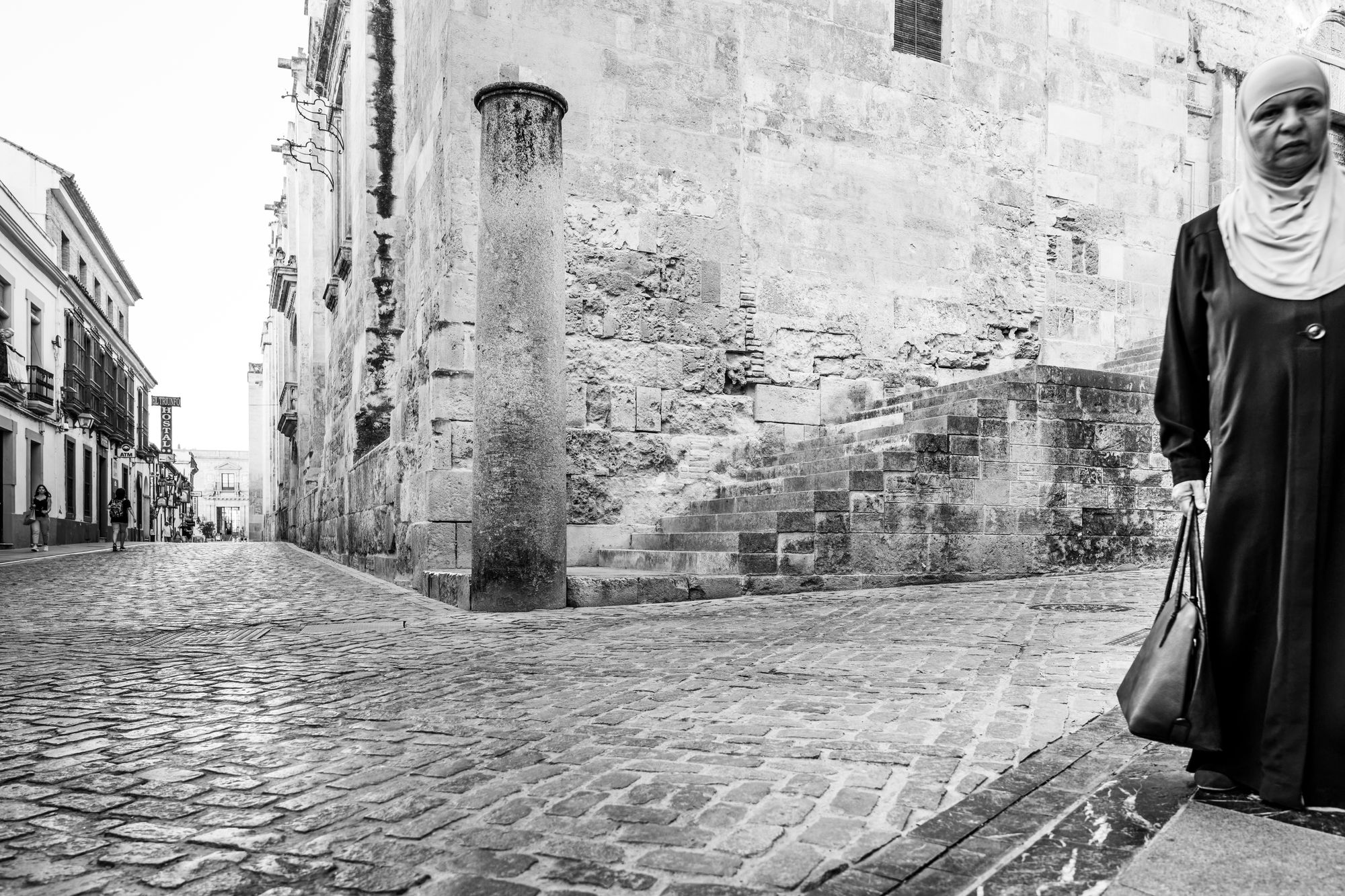
The first order of business was to establish a mosque. This was done at the site of a 6th century Byzantine Basilica. Built in the image of the Prophet's ﷺ mosque in Medina, the striking Mezquita became a potent symbol of Córdoba's political and religious status at the center of growing Islamic power in the West.
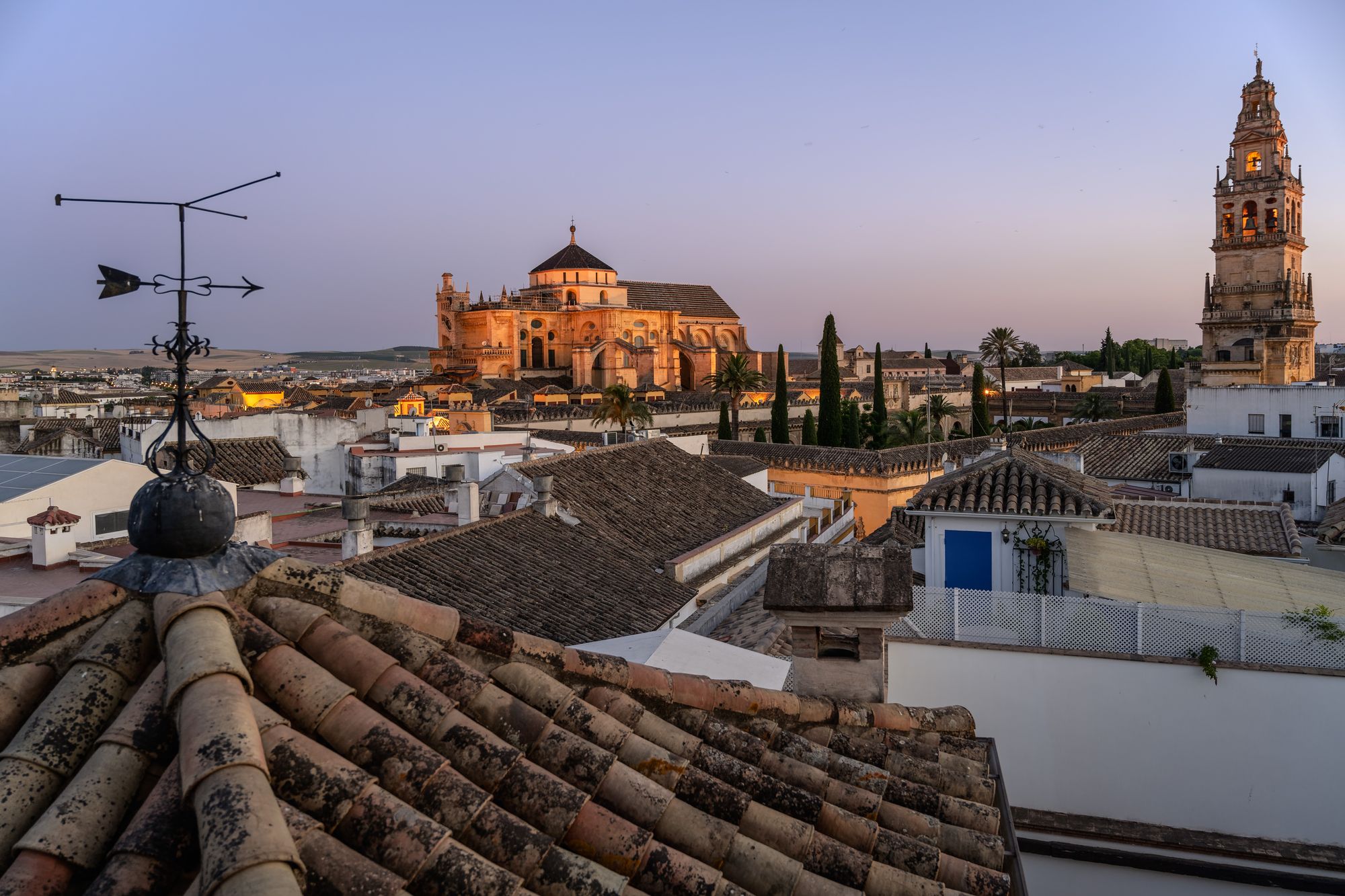
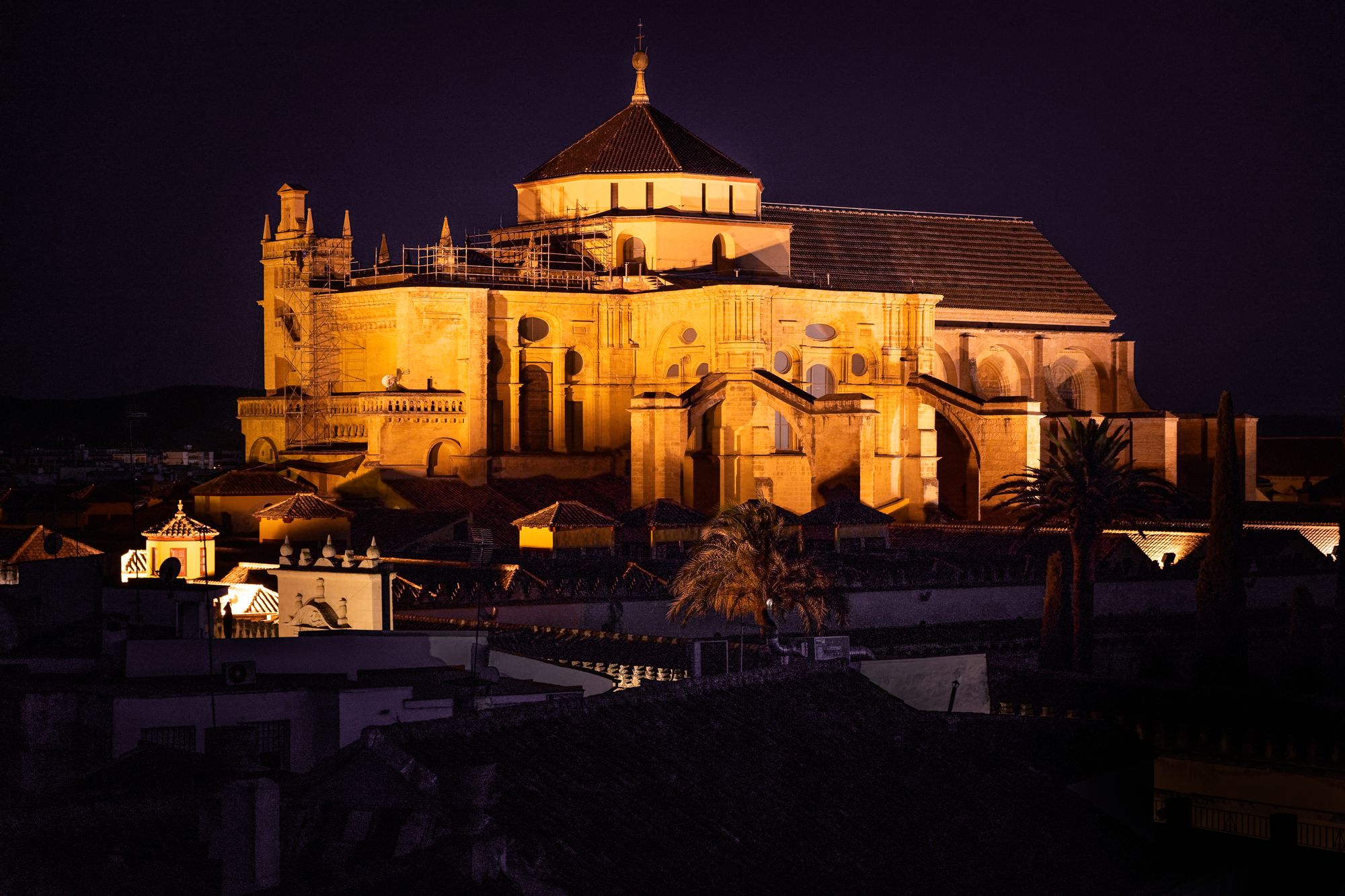
Let's talk about palm trees.
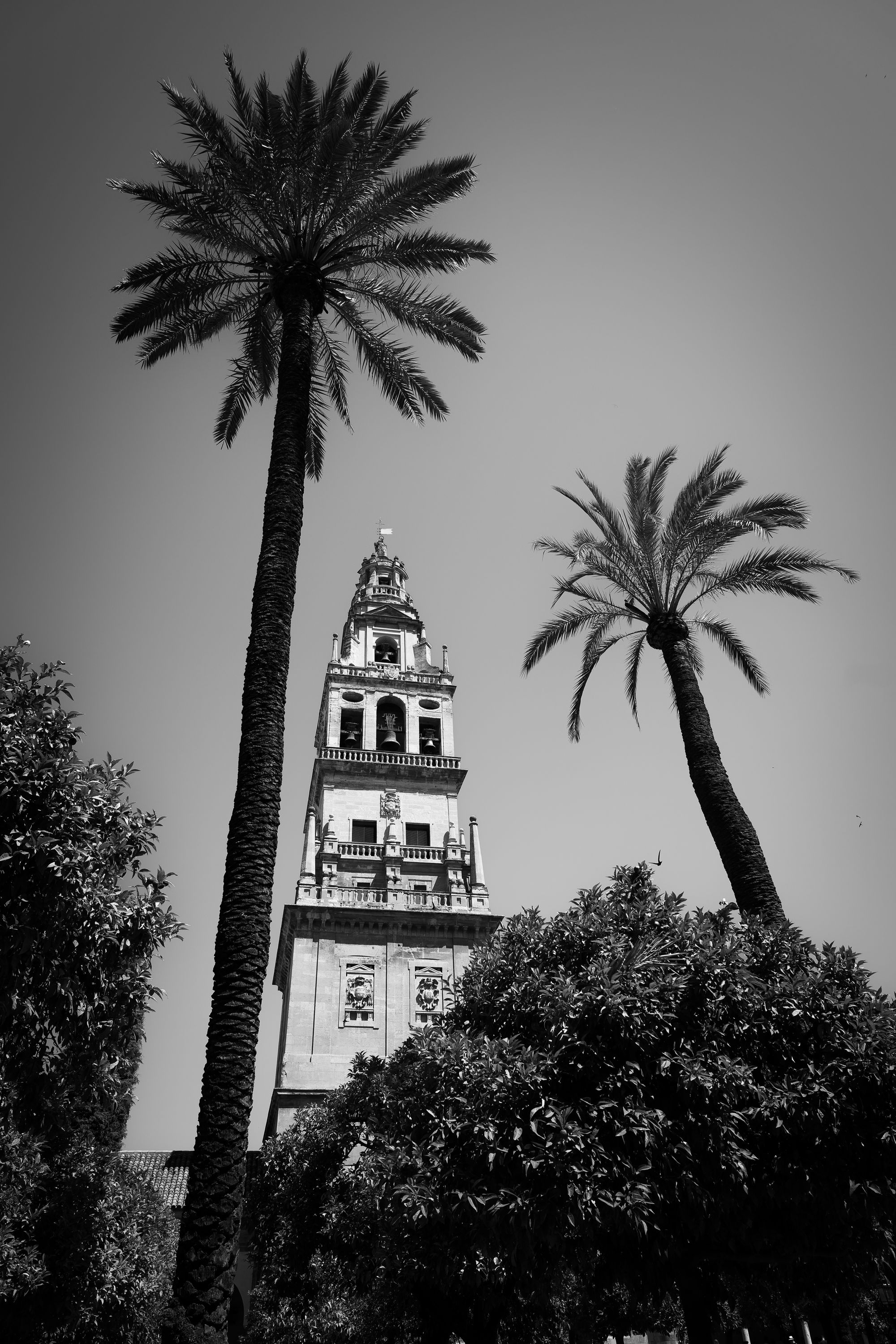
In his book "Kingdoms of Faith", Brian A. Catlos writes:
One of the most striking features of the mosque – the double arches that bridged the pillars – was probably inspired by surviving Roman aqueducts, like that of Segovia. The interior evoked a thicket of palm trees, resonating with the Arabs' desert origins
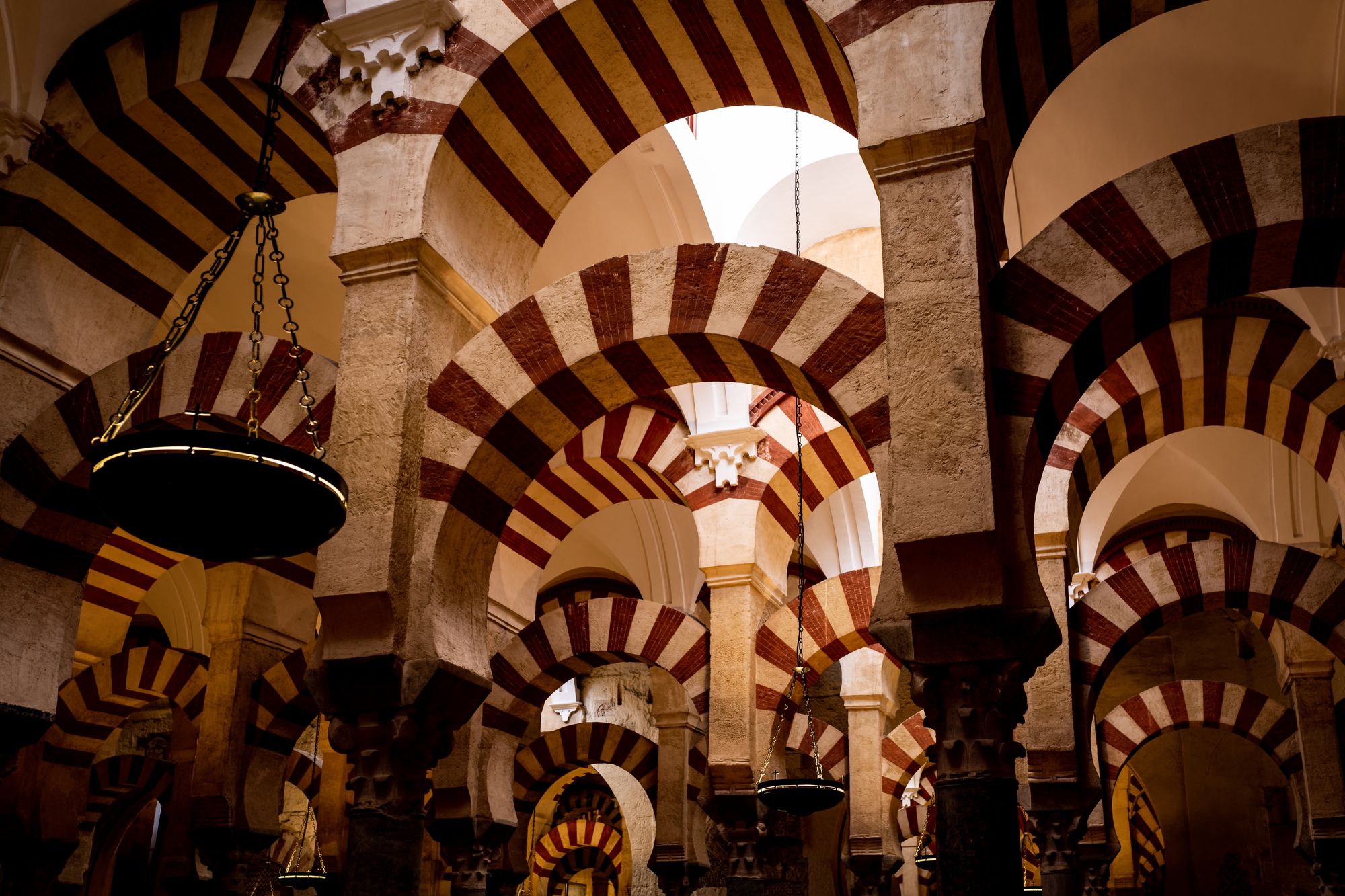
He goes on to note:
The mosque hints at the presence of higher being or truth, ineffable and beyond human comprehension, without resorting to decadent luxury, ostentation, or imagery of any kind.
Then there's the Mihrab – the wall marking the direction of Mecca. A 10th century addition, it is a product, in part, of skilled labor and gold received as a gift from the Byzantine Emperor. So much for the 'Clash of Civilizations'.
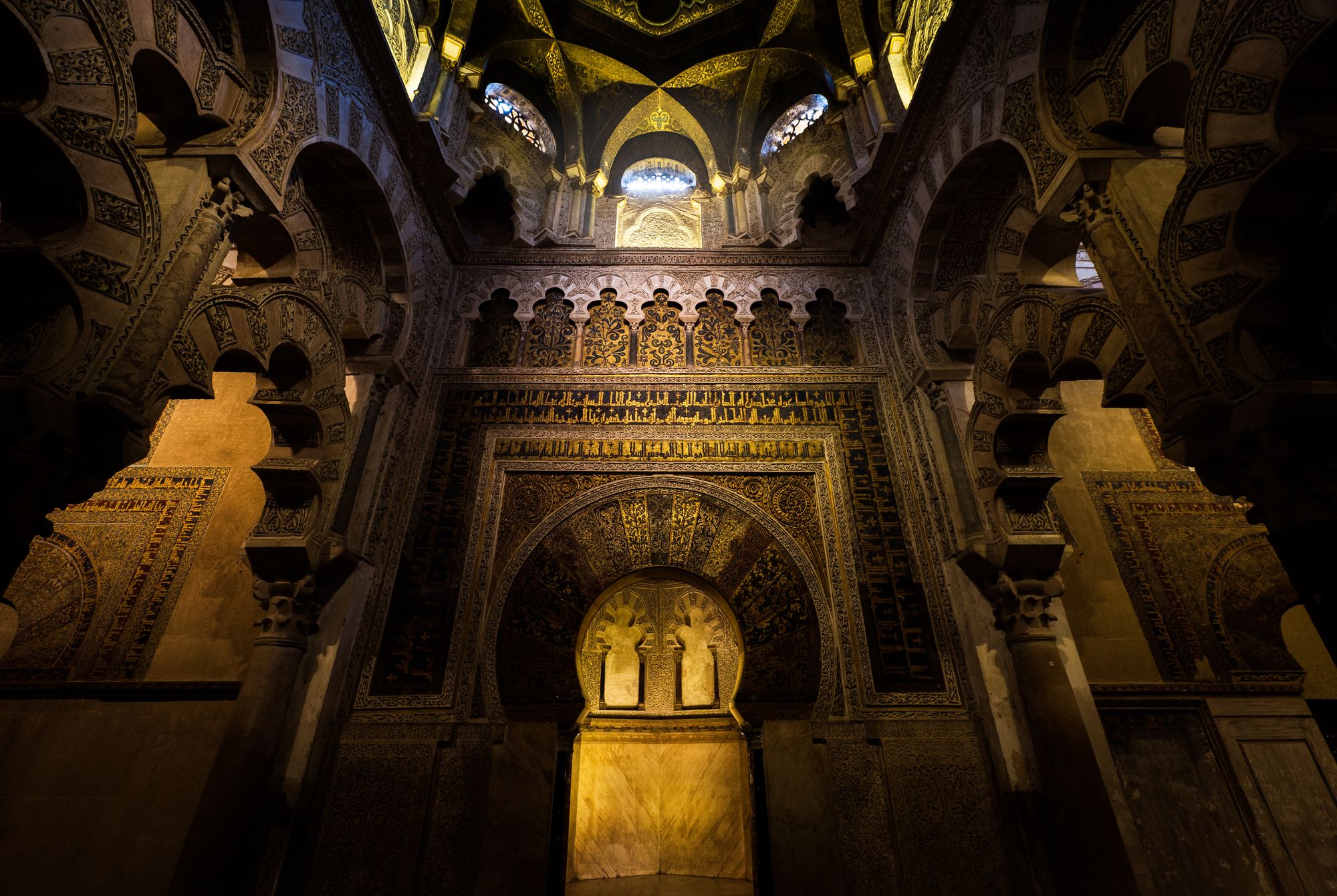
The baroque belltower we see today was added in the 17 century over the mosque's minaret.
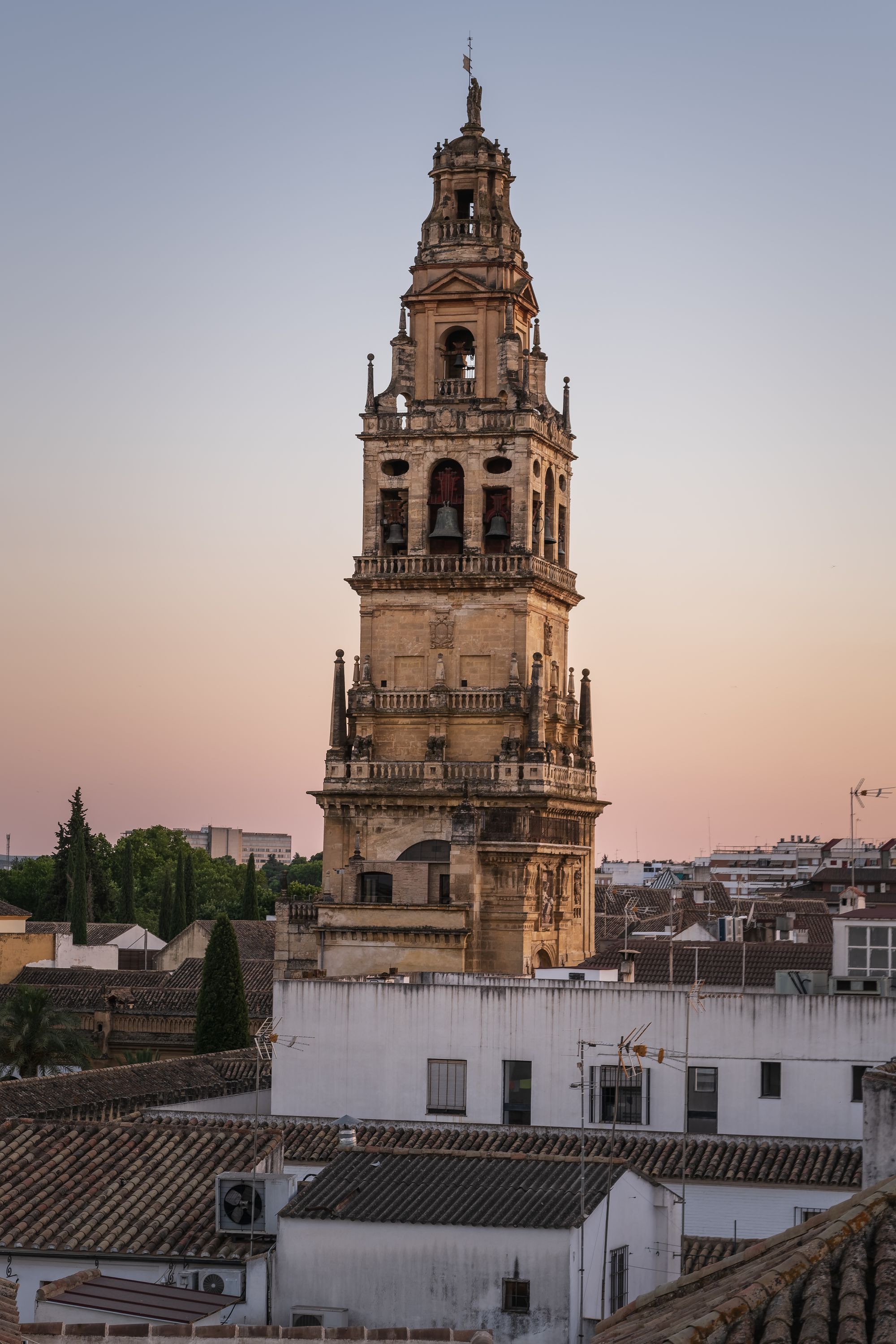
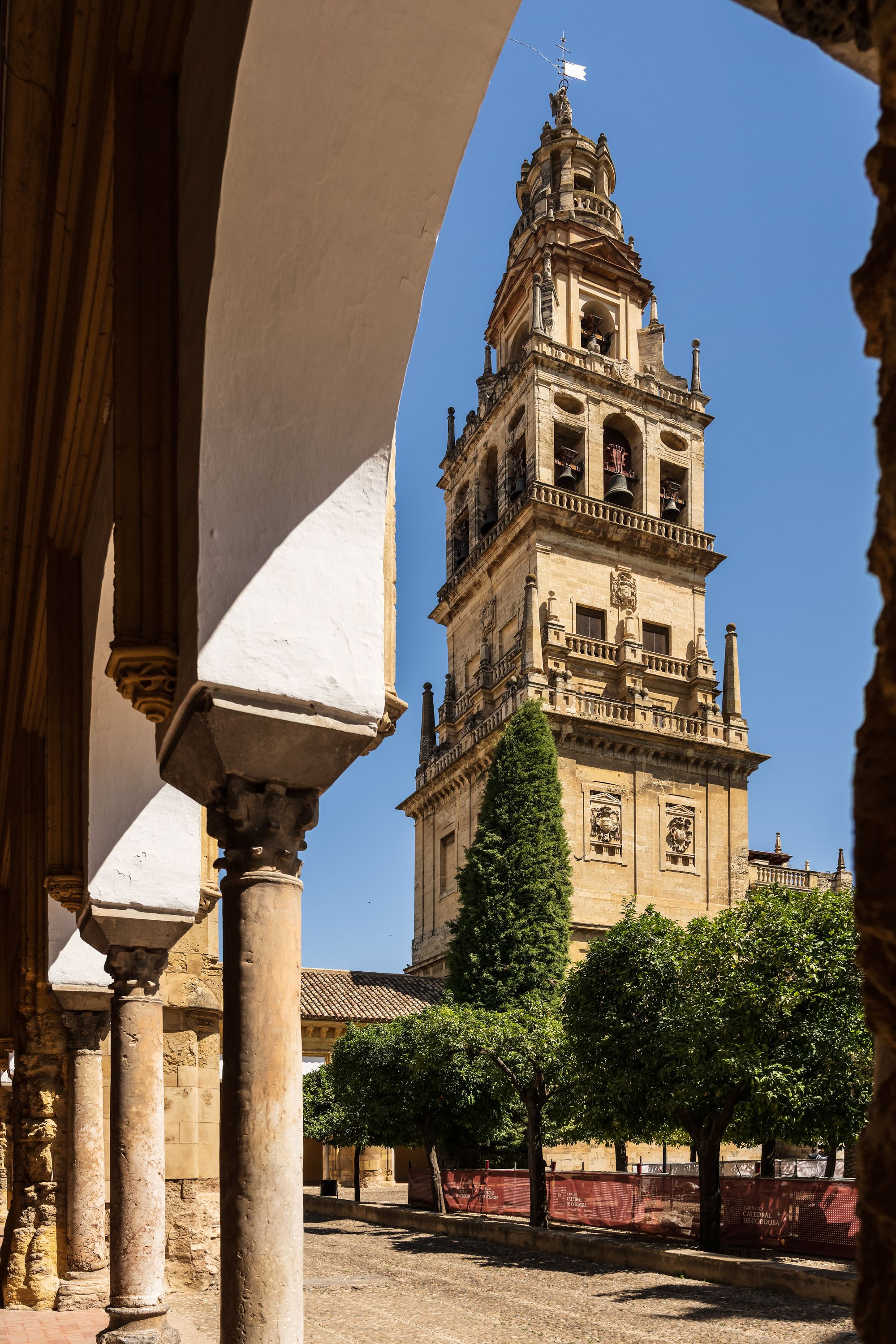
Today, the Mezquita is undoubtedly Córdoba's main attraction. But the city beyond its walls has preserved much of the charm of its glory days.
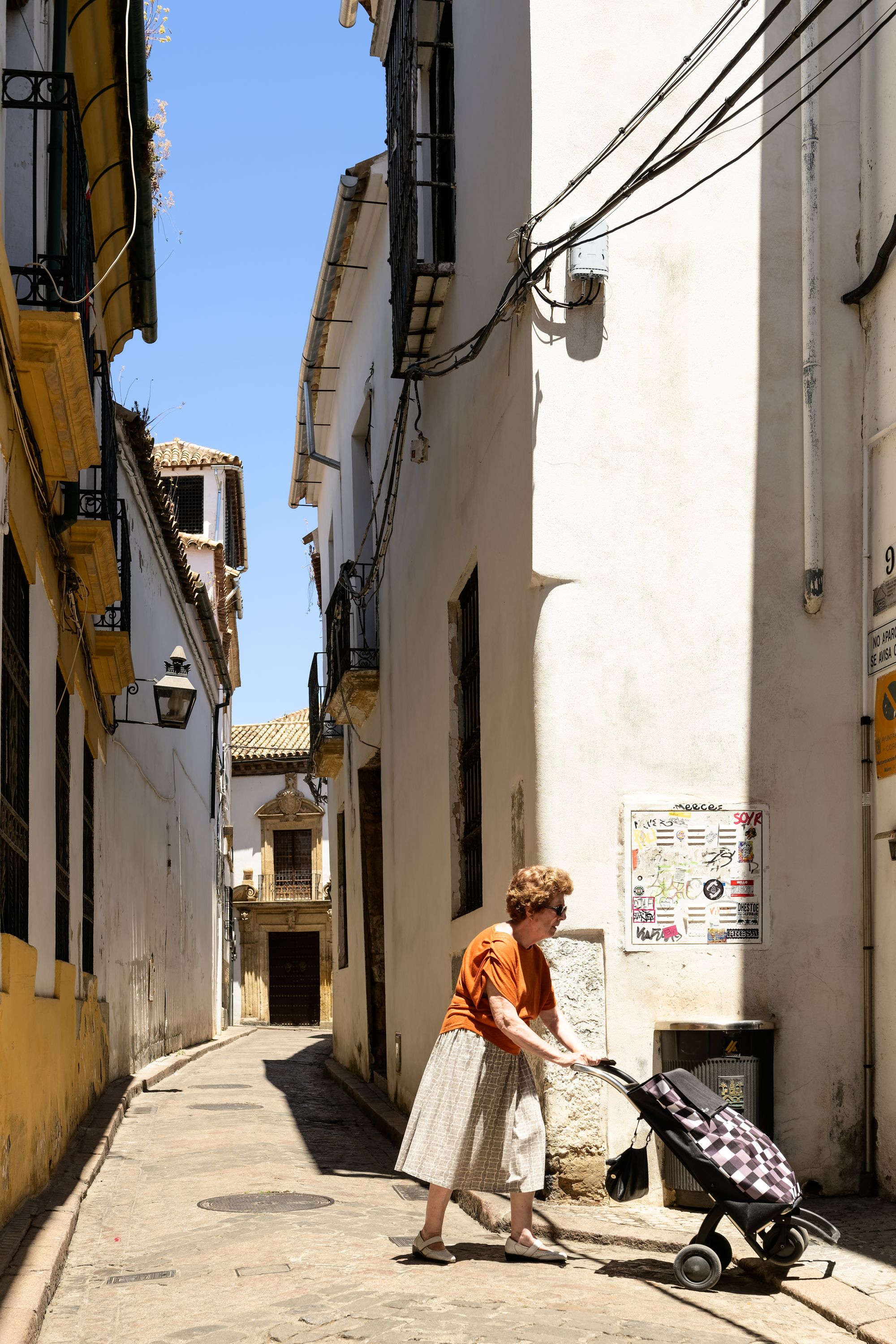

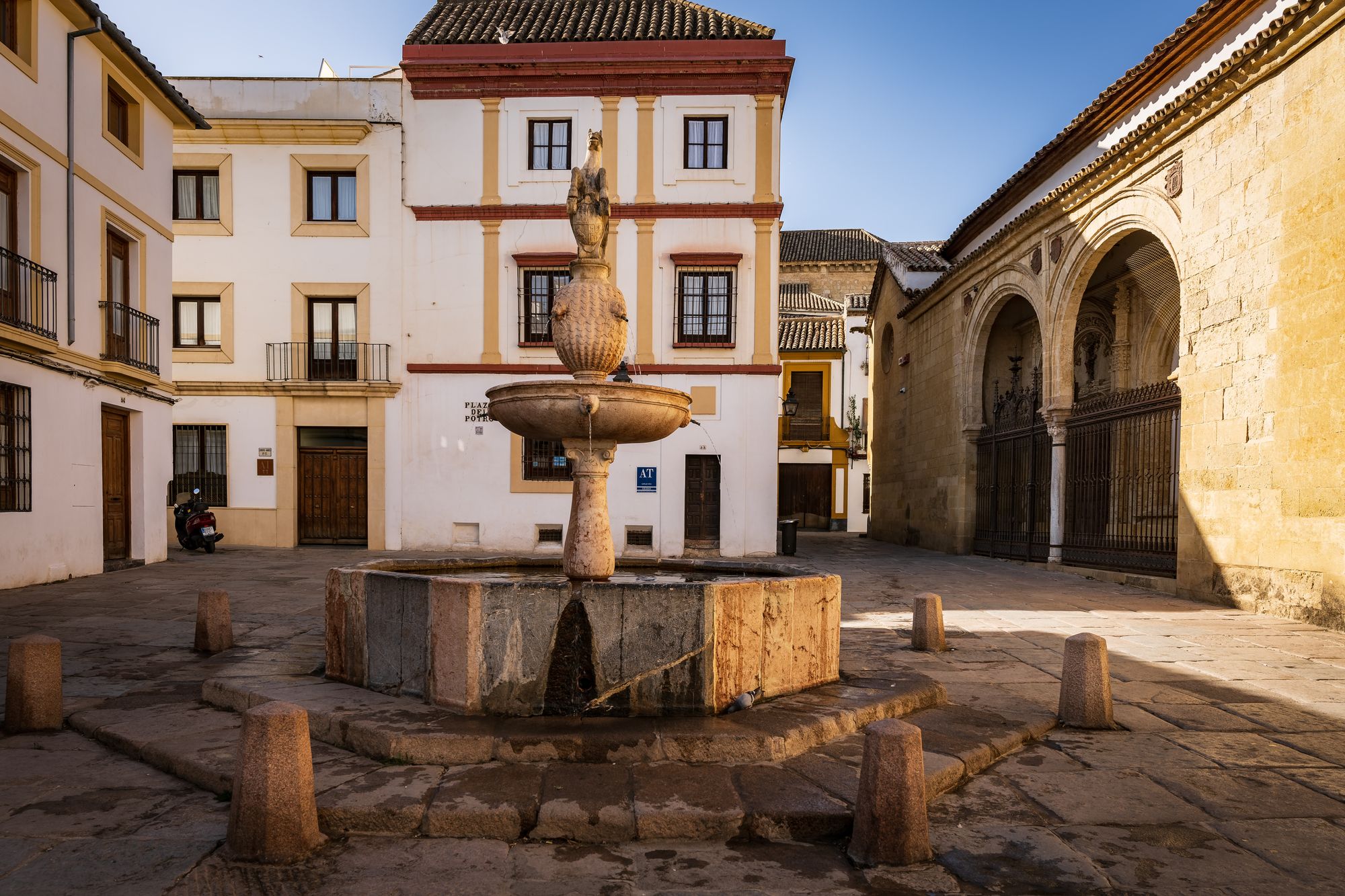
At its peak, Córdoba was the largest city in Western Europe. It fell to Ferdinand III in the 13th century. This was followed by a period of decline and stagnation. There were highs and lows in the subsequent era, however the city was never able to reclaim the stature it held in Al-Andalus.
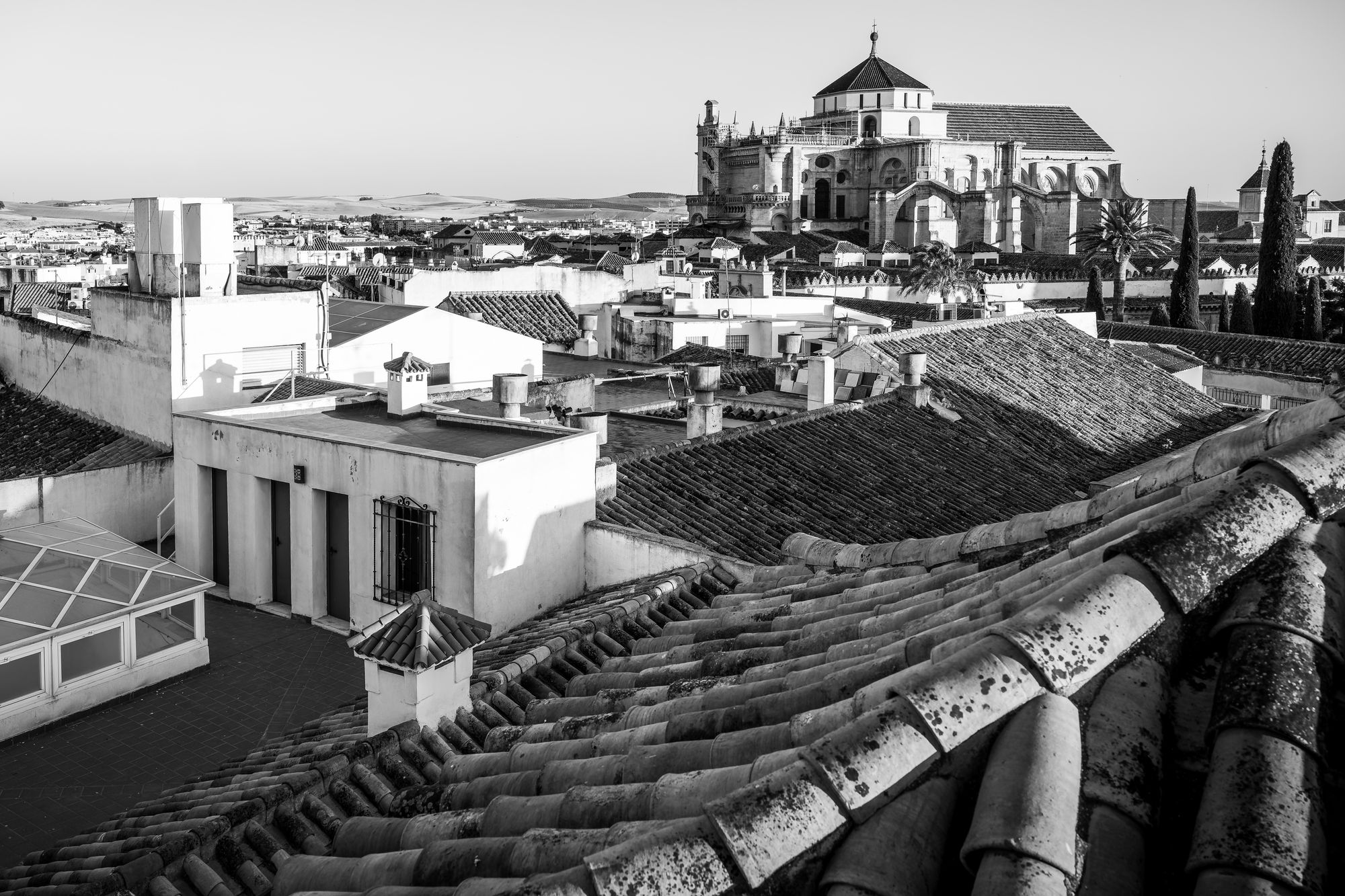
Reference: 'Kingdoms of Faith' by Brian A. Catlos
Up Next: Segovia/Avíla
In case you missed it: A Thousand Views of the Alhambra
Like what you see? Share it!
